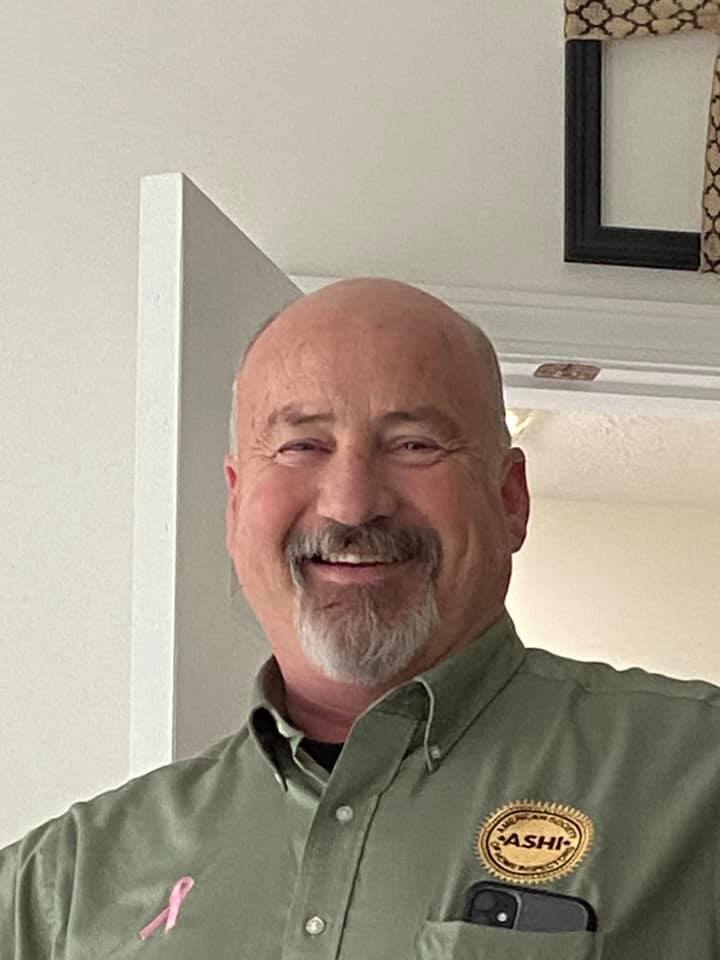|
Smoke Alarms! Well, we also call them smoke detectors but, in all reality, they are smoke alarms. They are designed to alert you to the presence of smoke which is usually a rather good indicator of a fire either in the flame or smoldering stage. Smoke alarms save lives. Smoke alarms that are properly installed and maintained play a vital role in reducing fire deaths and injuries in homes and commercial buildings. If there is a fire in your home, smoke spreads fast and many the smoke will proceed the visible fire and you need smoke alarms to give you time to get out. Facts and figures about smoke alarms:
Did you know that smoke alarms have an expiration date! On the back of most smoke alarms you will find a date of manufacture or the alarms expiration date! After about 10 years smoke alarms have lost a large percentage of their sensitivity and should be replaced! So not only do you need to replace those batteries every year, you might also need to change out those smoke alarms! Most homes built in the past 20 years will have an alarm in each bedroom, hallway, bonus rooms, basements, and the garage. My home has 6 alarms and it is only an 1900sf home! Ionization vs photoelectric
The two most commonly recognized smoke detection technologies are ionization smoke detection and photoelectric smoke detection. Ionization smoke alarms are generally more responsive to flaming fires. How they work: Ionization-type smoke alarms have a small amount of radioactive material between two electrically charged plates, which ionizes the air and causes current to flow between the plates. When smoke enters the chamber, it disrupts the flow of ions, thus reducing the flow of current and activating the alarm. Download this chart on ionization smoke alarms (PDF, 943 KB). Photoelectric smoke alarms are generally more responsive to fires that begin with a long period of smoldering (called “smoldering fires”). How they work: Photoelectric-type alarms aim a light source into a sensing chamber at an angle away from the sensor. Smoke enters the chamber, reflecting light onto the light sensor; triggering the alarm. Download this chart on photoelectric smoke alarms (PDF, 782 KB). For each type of smoke alarm, the advantage it provides may be critical to life safety in some fire situations. Home fatal fires, day or night, include a large number of smoldering fires and a large number of flaming fires. You can not predict the type of fire you may have in your home or when it will occur. Any smoke alarm technology, to be acceptable, must perform acceptably for both types of fires in order to provide early warning of fire at all times of the day or night and whether you are asleep or awake. For best protection, it is recommended both (ionization and photoelectric) technologies be used in homes. In addition to individual ionization and photoelectric alarms, combination alarms that include both technologies in a single device are available. Information provided by the NFPA |
AuthorScott Patterson has been a professional home inspector since 1995. Scott works out of the Greater Nashville TN area. Contact his team at Trace Inspections for all of your inspection needs. Archives
May 2024
|



 RSS Feed
RSS Feed